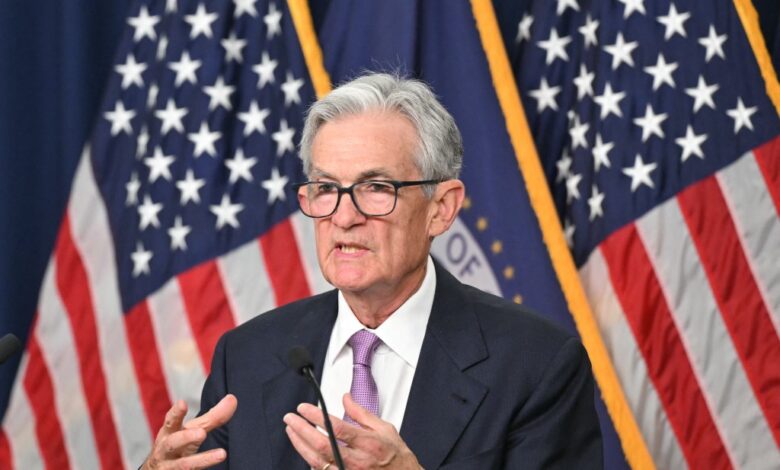When will Americans feel relief from the Fed’s interest rate cuts?

The Federal Reserve’s jumbo interest rate cut Wednesday should lower the rates for home mortgages, auto loans and credit cards — but cash-strapped consumers shouldn’t expect immediate relief, according to finance experts.
“It most likely will take some time as there is known to be a lag effect after interest rates are changed in a certain direction,” Mahoney Asset Management CEO Ken Mahoney told The Post.
The central bankers slashed the rate by 50 basis points — the first cut since 2020 — after it soared to the highest level in 23 years, and are expected to cut rates two more times this year.
However, most loans have fixed-interest rates — so consumers with this type of debt won’t benefit from the rate cuts unless they refinance their loans or take out new ones, according to Richard Barrington, financial analyst for Credit Sesame.
It typically takes between 30 to 90 days for consumers to feel the full impact of interest rate cuts, Ted Jenkin, oXYGen Financial co-founder and business consultant, told The Post.
Within the first 30 days, home equity lines of credit, credit cards and personal loans should see lower rates, Jenkin said.
“The cuts could help free up $50 to $100 a month in additional cash flow depending on family debt that can help people fill up at the pump or pay for their groceries,” Jenkin said.
Americans will also likely see car loan rates come down, Cody Moore, the head of growth strategies at Wealth E&P, told The Post.
“For those buying a car, you might see auto loan rates underneath 8% within the next 30 days,” Jenkin said.
The housing market — which has experienced limited supply — will start to move again, but it will take more time.

The Fed’s benchmark rate doesn’t directly set or correspond to mortgage rates.
But it does have a major indirect influence, and the two “tend to move in the same direction,” said LendingTree’s Channel.
Those looking to buy a home — or refinance after locking in a mortgage that soared to more than 7% — will likely have to wait around 90 days before they see a significant drop from the current average of 6.46%, analysts said.
“If mortgage rates drop below 6%, we could finally start to see the logjam in the real estate market free up,” Jenkin said. “Those that locked into historic COVID era mortgage rates at 3%, may start to see mortgage rates at a level that allows them to sell and trade up to a bigger home.”




